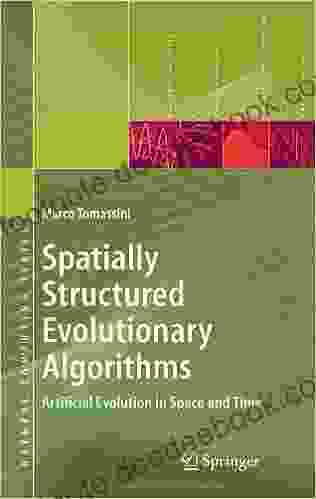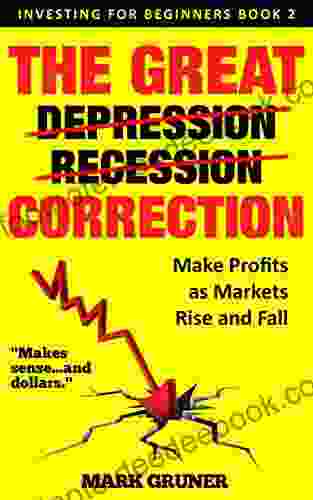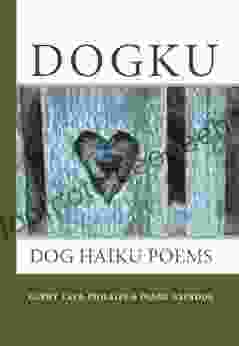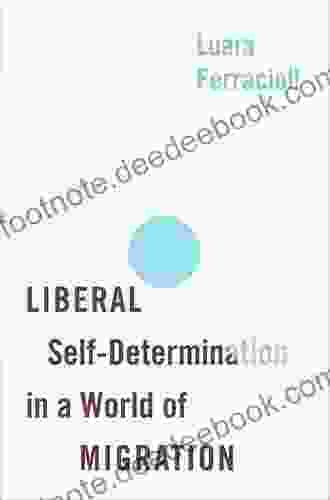Spatially Structured Evolutionary Algorithms: An In-Depth Exploration

Evolutionary algorithms (EAs) have emerged as powerful optimization techniques, inspired by the principles of natural selection and evolution. Spatially structured evolutionary algorithms (SSEAs) represent a specialized class of EAs that incorporate spatial information into their evolutionary process, allowing for the exploration of complex problems with spatial constraints. In this comprehensive article, we delve into the world of SSEAs, examining their theoretical foundations, key concepts, and applications.
Spatially structured evolutionary algorithms differ from traditional EAs by explicitly considering the spatial arrangement of individuals in the population. This spatial information is typically represented by a neighborhood structure, which defines the proximity relationships between individuals. The neighborhood structure influences the selection, recombination, and mutation operators, enabling the algorithm to explore the search space with spatial awareness.
SSEAs employ various types of spatial structures, each with its own characteristics and advantages. Some commonly used structures include:
5 out of 5
| Language | : | English |
| File size | : | 3932 KB |
| Text-to-Speech | : | Enabled |
| Screen Reader | : | Supported |
| Print length | : | 206 pages |
- Grid Structures: Individuals are arranged on a regular grid, forming a two-dimensional lattice. This structure facilitates the exploration of local relationships and can be easily applied to problems with discrete spatial dimensions.
- Graph Structures: Individuals are represented as nodes in a graph, with edges connecting neighboring nodes. Graph structures allow for more flexible representations of spatial relationships and can be tailored to specific problem topologies.
- Cellular Automata Structures: Individuals occupy cells in a cellular automata grid. Each cell can be in a particular state, and the state of a cell evolves based on the states of its neighboring cells. Cellular automata structures enable the exploration of complex spatial dynamics and self-organization.
Selection operators in SSEAs consider both the fitness and spatial proximity of individuals. This allows for the selection of individuals that are not only fit but also well-positioned within the neighborhood structure. Common selection operators include:
- Tournament Selection with Spatial Bias: Individuals are randomly selected from a neighborhood, and the fittest individual is chosen with a higher probability.
- Crowding Selection: Individuals are selected based on their fitness and the density of their neighborhood. Individuals in crowded neighborhoods have a lower chance of being selected, promoting diversity in the population.
- Genetic Drift: Individuals are randomly selected from the neighborhood, regardless of their fitness. This operator allows for the exploration of new areas of the search space, especially in stagnant populations.
Recombination operators in SSEAs exchange genetic material between individuals while respecting the spatial structure. Common recombination operators include:
- Single-Point Crossover: Randomly selects a crossover point and exchanges genetic material between two selected individuals.
- Multi-Point Crossover: Selects multiple crossover points and exchanges genetic material among several individuals.
- Uniform Crossover: Randomly selects each gene from either parent individual to create the offspring.
- Spatial Crossover: Exchanges genetic material between individuals based on their spatial proximity, promoting the preservation of local structures.
Mutation operators in SSEAs introduce random changes to the genetic material of individuals, again with consideration of the spatial structure. Common mutation operators include:
- Point Mutation: Randomly flips a single gene in the individual's genotype.
- Bitwise Mutation: Randomly flips individual bits in the genotype.
- Scramble Mutation: Randomly rearranges the genes in the genotype.
- Spatial Mutation: Introduces mutations that favor changes in the individual's spatial position, such as swap mutations or random walks.
Spatially structured evolutionary algorithms have been successfully applied to a wide range of real-world problems, including:
- Image Processing: Image segmentation, edge detection, and feature extraction.
- Computer Graphics: Object modeling, texture generation, and procedural content creation.
- Robotics: Path planning, obstacle avoidance, and cooperative control.
- Transportation: Vehicle routing, traffic optimization, and supply chain management.
- Biology: Population genetics, epidemiological modeling, and bioinformatics.
SSEAs offer several advantages over traditional EAs:
- Exploitation and Exploration: SSEAs strike a balance between exploitation (intensifying the search around promising areas) and exploration (diversifying the population),leading to improved convergence and robustness.
- Spatial Awareness: SSEAs explicitly consider the spatial arrangement of individuals, making them suitable for problems with spatial constraints or dependencies.
- Self-Organization: SSEAs can foster the emergence of organized structures within the population, leading to the formation of clusters, patterns, or functional groups.
- Enhanced Diversity: The consideration of spatial information promotes diversity in the population, reducing the likelihood of premature convergence and allowing for the exploration of a wider range of solutions.
SSEAs also face certain challenges and open directions for future research:
- Computational Cost: SSEAs can be computationally more expensive than traditional EAs due to the added complexity of managing the spatial structure.
- Parameter Optimization: The selection of appropriate parameters for the spatial structure and genetic operators is crucial for the effectiveness of SSEAs.
- Modeling Spatial Information: Determining the appropriate spatial structure and neighborhood relationships for a given problem can be challenging.
- Hybridization: Exploring the integration of SSEAs with other evolutionary algorithms or optimization techniques to enhance their performance.
Spatially structured evolutionary algorithms are a powerful class of optimization techniques that incorporate spatial information into the evolutionary process. They have proven effective in solving complex problems with spatial constraints or dependencies, offering enhanced exploitation, exploration, diversity, and self-organization. As research in SSEAs continues, we can expect further advancements in understanding their theoretical foundations, developing efficient algorithms, and exploring new applications.
For more in-depth information on Spatially Structured Evolutionary Algorithms, refer to the following resources:
- Alba, E., & Dorronsoro, B. (2008). Cellular genetic algorithms: A review. Complexity, 14(2),44-55.
- Baeck, T. (1996). Evolutionary algorithms in theory and practice: An to natural computation. Oxford University Press.
- Goldberg, D. E. (2018). Genetic algorithms in search, optimization, and machine learning (4th ed.). Addison-Wesley Professional.
- Herrera, F., Izquierdo, J., & Ventura, S. (2017). Manifold-based evolutionary algorithms: A literature review. Applied Soft Computing, 60, 218-236.
- Richter, H. J., & Jansen, T. (2017). Spatially structured evolutionary algorithms for robotics. Springer International Publishing. `
5 out of 5
| Language | : | English |
| File size | : | 3932 KB |
| Text-to-Speech | : | Enabled |
| Screen Reader | : | Supported |
| Print length | : | 206 pages |
Do you want to contribute by writing guest posts on this blog?
Please contact us and send us a resume of previous articles that you have written.
 Novel
Novel Chapter
Chapter Text
Text Story
Story Reader
Reader E-book
E-book Magazine
Magazine Paragraph
Paragraph Sentence
Sentence Bookmark
Bookmark Glossary
Glossary Bibliography
Bibliography Foreword
Foreword Annotation
Annotation Footnote
Footnote Manuscript
Manuscript Scroll
Scroll Codex
Codex Tome
Tome Bestseller
Bestseller Narrative
Narrative Biography
Biography Encyclopedia
Encyclopedia Thesaurus
Thesaurus Narrator
Narrator Resolution
Resolution Librarian
Librarian Periodicals
Periodicals Research
Research Scholarly
Scholarly Lending
Lending Reserve
Reserve Academic
Academic Journals
Journals Interlibrary
Interlibrary Literacy
Literacy Study Group
Study Group Dissertation
Dissertation Awards
Awards Book Club
Book Club Matthew Dallek
Matthew Dallek Lynette Noni
Lynette Noni Sara Caudell
Sara Caudell Basilio De Marco
Basilio De Marco Jeremy Harding
Jeremy Harding Mallory Monroe
Mallory Monroe Marco Tomassini
Marco Tomassini Intisar Khanani
Intisar Khanani Lucy Green
Lucy Green Haley Lukas
Haley Lukas Mordecai Roshwald
Mordecai Roshwald Nisa Santiago
Nisa Santiago Axn Sadokpam
Axn Sadokpam Andrew Mcknight
Andrew Mcknight Virginia A Greiman
Virginia A Greiman David Grimstone
David Grimstone Charae Lewis
Charae Lewis J M Coetzee
J M Coetzee Amy Feldman
Amy Feldman Michael Palmer
Michael Palmer
Light bulbAdvertise smarter! Our strategic ad space ensures maximum exposure. Reserve your spot today!

 Don ColemanMake Over Your Marketing: A Comprehensive Guide to Revamping Your Marketing...
Don ColemanMake Over Your Marketing: A Comprehensive Guide to Revamping Your Marketing... Braeden HayesFollow ·16.3k
Braeden HayesFollow ·16.3k Dave SimmonsFollow ·14k
Dave SimmonsFollow ·14k Yasushi InoueFollow ·11.8k
Yasushi InoueFollow ·11.8k Darius CoxFollow ·17.4k
Darius CoxFollow ·17.4k Thomas MannFollow ·8.3k
Thomas MannFollow ·8.3k Aron CoxFollow ·19.2k
Aron CoxFollow ·19.2k Edison MitchellFollow ·3.9k
Edison MitchellFollow ·3.9k Jesse BellFollow ·13.4k
Jesse BellFollow ·13.4k

 Allen Ginsberg
Allen GinsbergUnveiling the True Meaning of Enough: A Comprehensive...
: In the relentless pursuit of progress and...

 Clay Powell
Clay PowellHawker Hunter: The Jet Fighter that Shaped British...
Nestled in the halls of aviation...
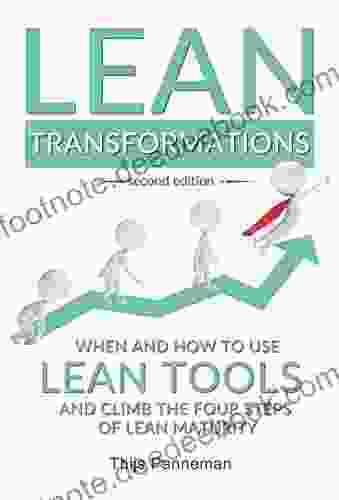
 Alec Hayes
Alec HayesWhen and How to Use Lean Tools and Climb the Four Steps...
Lean is a management...

 Trevor Bell
Trevor BellVolume of Charlotte Mason Original Homeschooling: A...
Charlotte Mason's original...
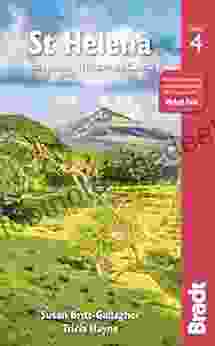
 John Parker
John ParkerAscending Tristan da Cunha: A Comprehensive Guide to...
Prepare yourself for an extraordinary journey...
5 out of 5
| Language | : | English |
| File size | : | 3932 KB |
| Text-to-Speech | : | Enabled |
| Screen Reader | : | Supported |
| Print length | : | 206 pages |


